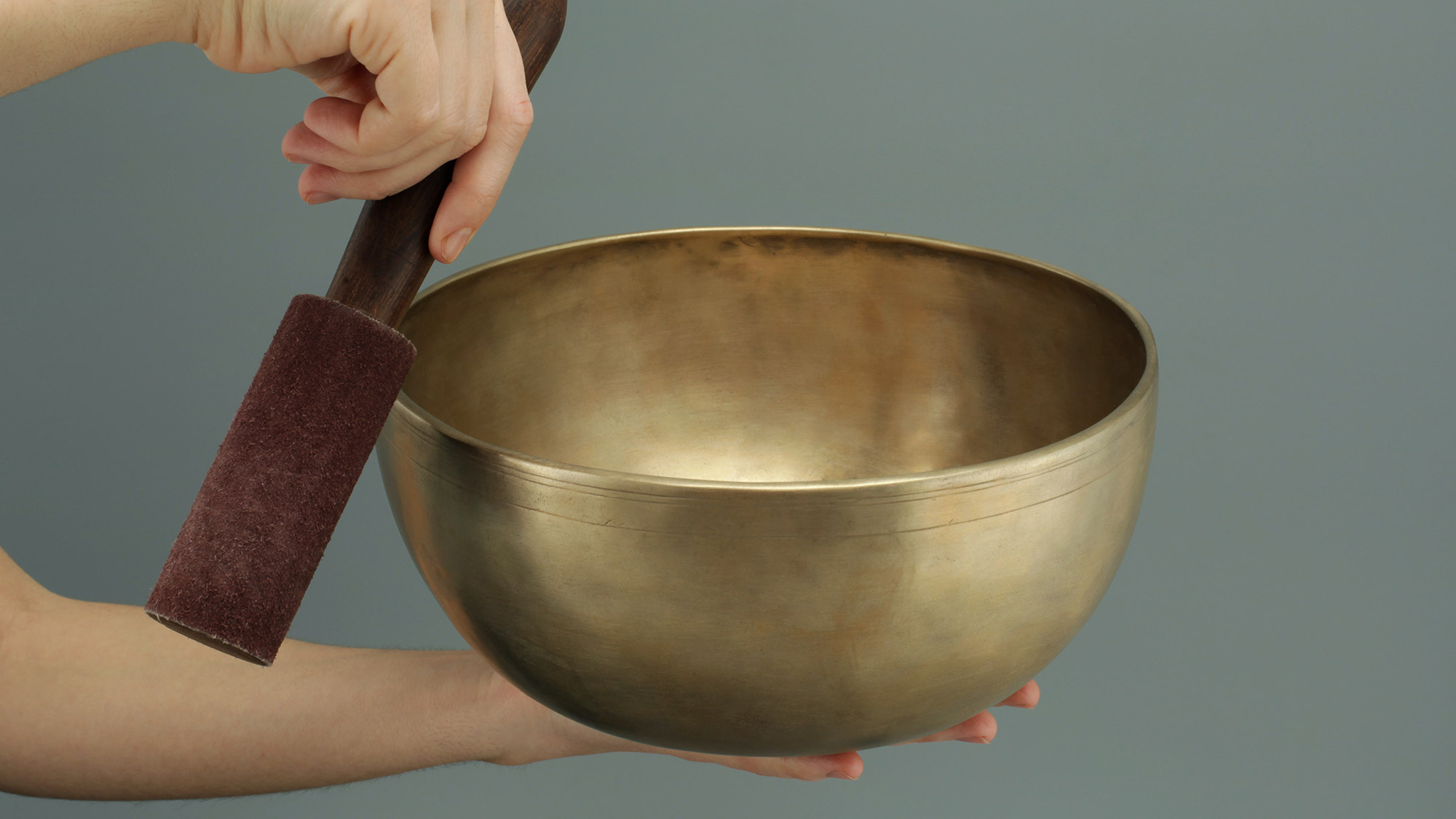
Zendo Procedures
Silence begins with the opening ceremony at the beginning of every sitting and ends with the completion of the closing ceremony. In the Zendo we do our best to maintain silence and stillness. Once settled on your cushion, sit still and do not move (wiggle, fidget, stretch, scratch etc.) until the end of the period. Our practice requires us to maintain stillness in the midst of discomfort, but if you are in intense pain, perform a seated bow and adjust your position as unobtrusively as possible.
In our Zendo we maintain connection to traditional Japanese Zen practice by performing standing bows. We bow with our hands joined in “gassho”. This is an acknowledgement of something beyond “you and I”. When doing standing bows we place our hands together and make a 45 degree bow. Bow with hands in gassho whenever you enter the Zendo, bow when arriving at your seat and turn and bow to the other practitioners before sitting down. Bow when distributing or receiving chant handouts.
If you need to use the bathroom during practice periods the best time is during walking meditation (kinhin). However, if you need to leave during zazen, to go to the bathroom or to attend individual interview with the teacher, make a sitting bow, stand and walk quietly to your destination. On returning, do a standing bow when entering the Zendo, make a standing bow to your seat, turn and do a standing bow to the other practitioners sitting opposite and then resume your sitting meditation.
“Zazen is not a meditation technique, it is the dharma gate of joyful ease.”
Eihei Dogen
The quote above is how Dogen, a thirteenth century zen teacher, described shikantaza, or “just sitting”. What Dogen is pointing at is that Zazen is a complete experience of being for its own sake; it is not a means to an end. An interesting consequence of this is that you can’t do zazen right or wrong. All you’re going to do is sit, and experience whatever is going on. This means feeling whatever you feel (emotionally or physically), think whatever you think – and just watch. There will be parts of your experience you want to (and try to) avoid and parts you want to (and try to) cling to. Just watch that too. The only other instruction is to sit as still as you possibly can. If you have an itch, let it itch. If your foot falls asleep, let it tingle. If your back hurts, just let it hurt. We’re not trying to comfortable, we’re just looking into the full range of our experience for its own sake.
In slow kinhin, we match our breath to our footsteps. As you inhale your heel rises and your foot moves forward. As you exhale that foot is planted on the ground and the other begins to rise. Follow the jikido’s (Zendo Leaders) example. Step at your own pace, taking small or large steps, whatever room allows. Do not be concerned with keeping up with the person in front of you in slow kinhin. Keep close to the person in front during fast kinhin.
The four practice principles are chanted at the end of a practice period or at the end of a day’s sitting. When reciting the principles blend with the group in volume and follow the jikido’s pace:
Caught in a self-centred dream, only suffering.
Waking to a dream within a dream.
Each moment, life as it is, the only teacher.
Being just this moment, compassion’s way.
Dress for comfort in neat casual clothing. Neutral colours are preferred.
Switch phones off or on silent (not vibrating) mode.
If you found our talks or meditations helpful, please consider donating here.
(These donations are for teachings only.
To make a donation towards the ongoing existence of OzZen as an organisation please make a direct deposit into our bank account).
